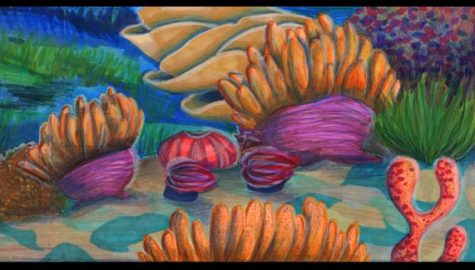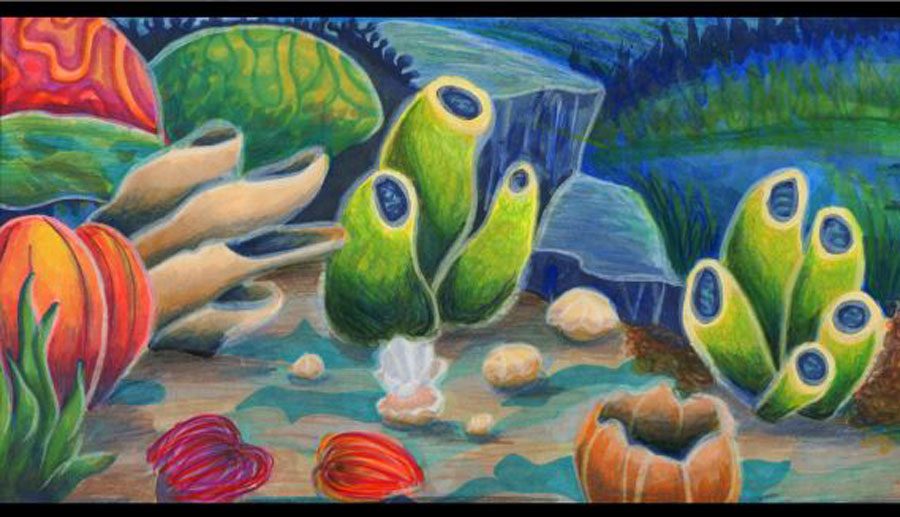Making waves: the third wonder of the natural world
Mar 20, 2018
The Great Barrier Reef is the World’s largest coral reef stretching 1,429 miles along the Queensland coastline in Australia, covering an area of 132,973 square-miles. With it stretching such a great length it is named the world’s largest living structure on the planet, it is so big that it is visible from space.
According to Time Magazine, reefs occupy only one percent of the world’s marine environment, but they provide a home to a quarter of marine species—including a unique set of fish, turtles and algae.
In the last several years, this beautiful reef, home to many, due to the natural phenomenon El Niño (complex series of climate changes) the bleaching process has started killing over more than 50 percent of its entirety.
“The soft corals were just decomposing—animals literally dripping off the rocks,” said Mr. Richard Vevers about his dive in the Great Barrier Reef. “The most horrifying part was that we just absolutely stank of rotting animals. That’s when you really realize that reefs are made up of billions of organisms.”
Bleaching occurs when warm water stresses corals so much that eject tiny algae called zooxanthellae that normally live inside of the coral. This specific algae provides the coral with most of its food and color.
Bleaching, though dangerous, is not the only factor causing the death of many coral reefs. Reefs are also threatened by nutrient runoffs from farm and lawn chemicals, as well as overfishing of the marine life in these places.
“You can’t grow back a 500-year old reef in 15 years,” said Mark Eakin, a NOAA coral reef scientist. “In many cases, it’s like you’ve killed the giant redwoods.”
Due to these factors many of the species living in not only the Great Barrier Reef but others as well could permanently be lost. With temperatures only expected to rise in the coming years chances are thin that reefs will be able to rebuild themselves from the beginning once more.
All of these problems are just causing more death in the oceans.
“If you think of corals as canaries [in a coal mine], they’re chirping really loudly right now,” said Jennifer Koss, NOAA’s Coral Reef Conservation Program director, at a recent press conference. “The ones that are still alive, that is.”
Life for marine species has changed drastically; their lives are now on the line more than ever.
 Artist: Oli Grenke
Artist: Oli Grenke





